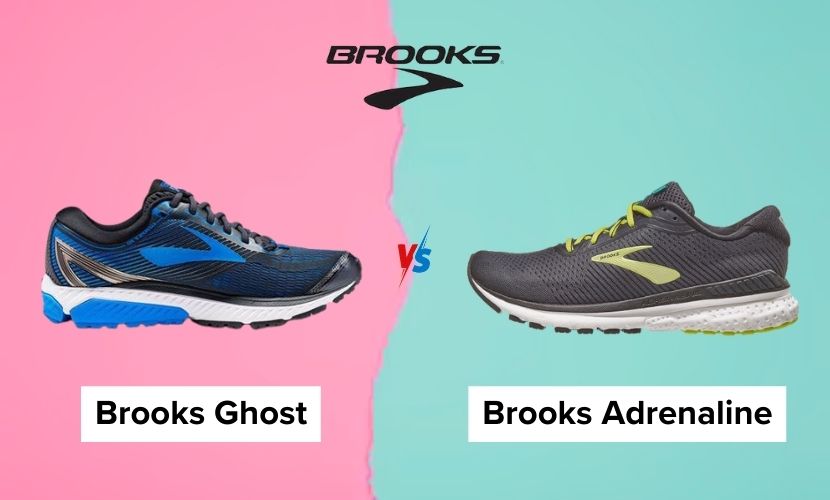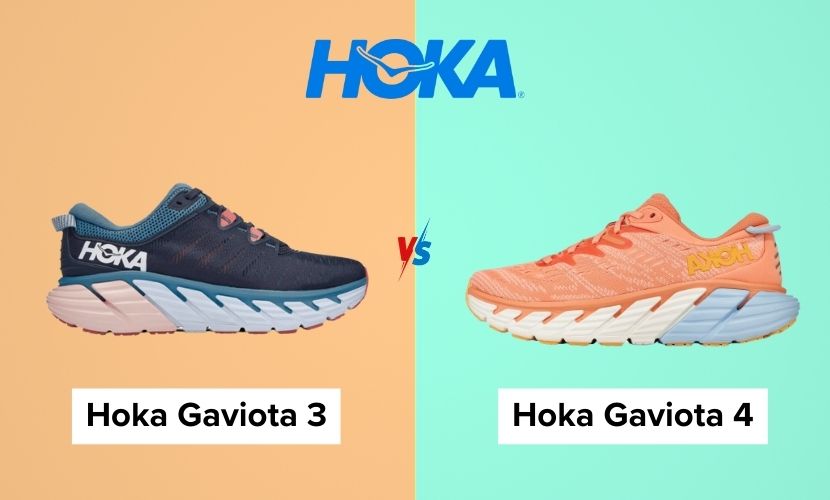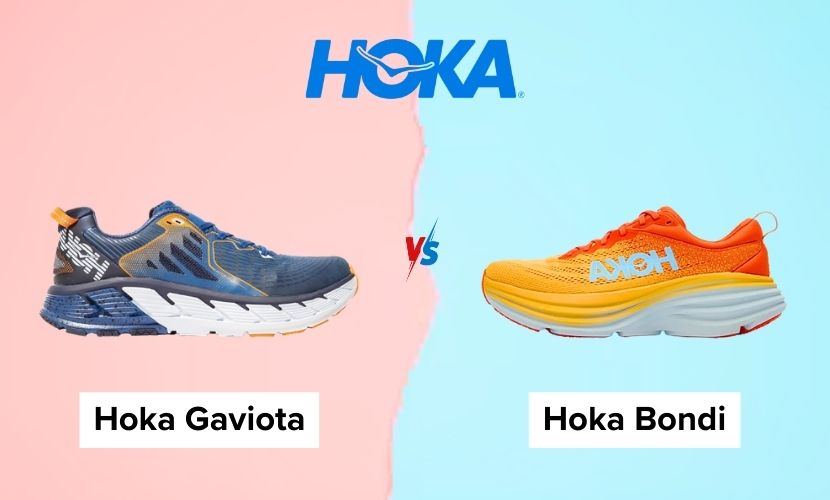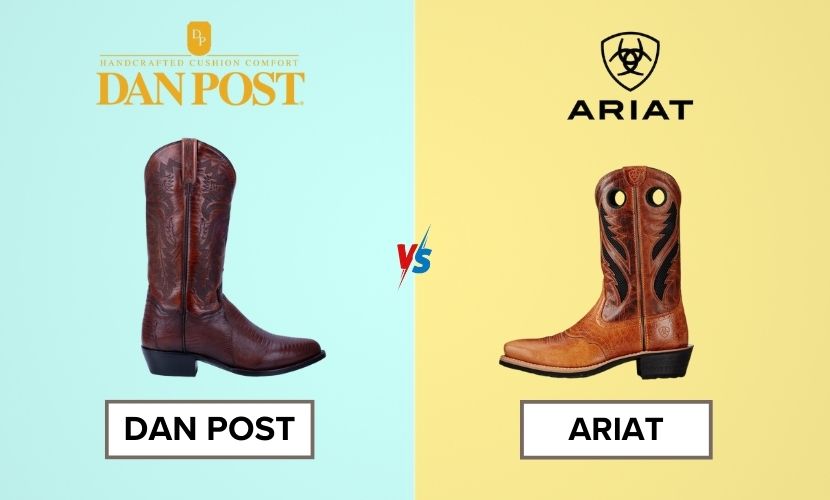Regarding selecting the right shoe, comfort and support are major factors to contemplate. Kuru and Hoka are two famous brands that provide an extent of footwear for various activities and preferences. Both brands are renowned for their ease and performance but contain versatile features and attributes that separate them.
Kuru Footwear is a brand that prefers comfort and aid for people suffering from foot pain. Their shoes are structured with a patented KURUSOLE technology that features a traditional fit and support for the innate shape of the foot. On the other side, Hoka One One is admired for its additional cushioning and lightweight pattern. Their shoes are constructed to offer extraordinary comfort and support for runners and players.
Selecting between Kuru and Hoka can be a strenuous decision, as both brands contain their advantages and disadvantages. It eventually depends on individual requirements and the particular needs of the people. In this article, we will look at the dissimilarities between Kuru and Hoka shoes and provide an extensive comparison to aid readers in generating an informed selection.
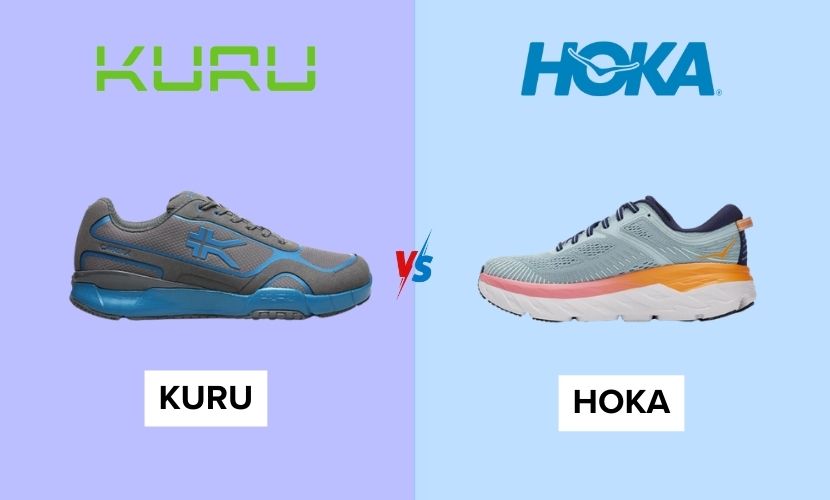
Feature Table: Kura Vs Hoka
| Aspect | Kuru | Hoka |
| Design Philosophy | Focused on anatomical patterns, personalized support. | Emphasizes extraordinary cushioning and propulsion. |
| Product Range | Running, walking, hiking, work shoes with KuruSole tech. | Running, hiking, walking shoes with Meta-Rocker tech. |
| Technological Advancements | Patented KuruSole for custom aid, foam footbed. | Meta-Rocker tech for smoother stride, J-Frame for stability. |
| Durability | High-quality materials, durable rubber outsoles. | High-standard materials, durable rubber outsoles. |
| Pricing and Availability | $100 – $200, available online and internationally. | $100 – $250, available online and internationally. |
| Sizing Comparison | True to size, broad toe box for natural toe splay. | True to size, some models have wider toe boxes. |
| Foot Problems | Ideal for plantar fasciitis, flat feet, bunions. | Suitable for arthritis, knee pain, foot issues. |
| Pros | Patented KuruSole, broad toe box, high-quality materials. | Extraordinary cushioning, rocker sole, porous upper. |
| Cons | Relatively expensive, some may find them bulky. | Relatively expensive, some may find them heavy. |
| Overall Assessment | Best for foot problems, personalized support, durability. | Great for impact absorption, stability, and speed. |
History of Kuru and Hoka
Kuru Shoes was originated in 2008 by Bret Rasmussen, a former podiatric surgeon. The brand aimed to create shoes to help diminish foot aches and discomfort. Kuru shoes are structured with a patented technology called KuruSole, a profiled footbed that gives arch aid and heel cushioning. The brand’s first article was the Kuru Quantum, manufactured for people suffering from plantar fasciitis.
On the other side, Hoka One One was founded in 2009 by two French trail runners, Jean-Luc Diard and Nicolas Mermoud. The brand’s mission was to manufacture shoes that would aid runners in going speedily and farther with less tiredness. Hoka shoes are popular for their oversized midsoles, which give additional cushioning and aid. The company’s first article was the Hoka Bondi, constructed for elongated-distance runners.
Kuru and Hoka have attained a faithful following over the years, with many individuals swearing for the ease and performance of their shoes. Podiatrists often suggest kuru shoes for individuals with foot pain; on the contrary, Hoka shoes are famous among runners and hikers for their padding and support. Every brand provides an extent of shoes for various activities and requirements, from running and hiking to daily wear.
Design Philosophy
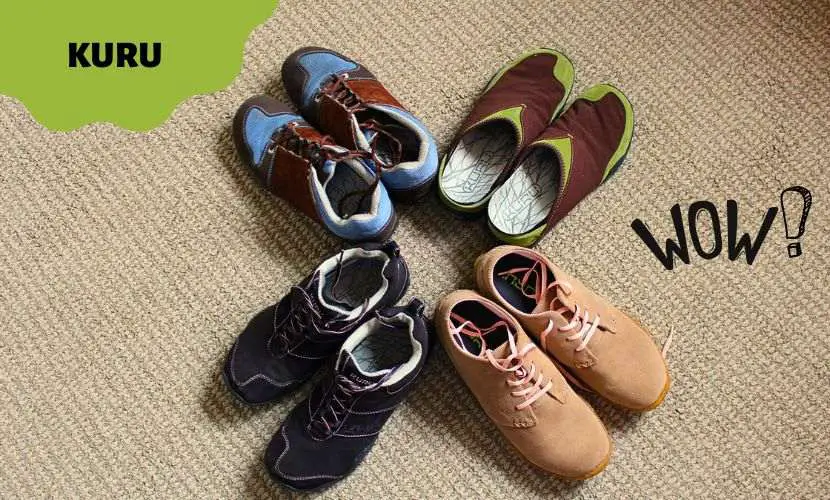
Kuru Design Philosophy
Kuru footwear is engineered to provide extraordinary ease and support for people suffering from foot pain. The brand’s philosophy is to generate shoes that work with the innate appearance of the foot rather than against it. Kuru shoes offer a patented technology called KuruSole, which is structured to mimic the natural appearance of the foot and offer support where it is required most.
Kuru shoes are also structured with a broad toe box for natural toe splay and finer balance. The shoes are designed with high-standard materials and are constructed to last. Kuru’s pattern philosophy depends on the belief that shoes should be snug, functional, and hard-wearing.
Hoka Design Philosophy
Hoka shoes are manufactured to give additional cushioning and aid runners. The brand’s philosophy is to generate shoes that permit runners to go farther, swiftly, and with less influence on their joints. Hoka shoes offer an iconic midsole pattern with additional cushioning while still feathery.
Hoka shoes are also structured with a deep heel-to-toe drop, which is desired to encourage a more natural running stride. The shoes are designed with high-standard materials and are manufactured to last. Hoka’s pattern philosophy is focused on the belief that shoes should support runners to perform at their perfect while also shielding their bodies from injury.
Overall, both Kuru and Hoka contain versatile design philosophies that offer additional comfort and aid for their respective user bases. On the contrary, Kuru depends on generating shoes for people suffering from foot pain, and Hoka is focused on manufacturing shoes for athletes.
Product Range
Kuru Product Range
Kuru features various shoes for distinct activities, incorporating walking, running, hiking, and work. Their shoes are structured to offer additional comfort and aid for people with foot issues. Kuru shoes contain a patented technology called KuruSole, which is constructed to mold to the appearance of the user’s foot, offering personalized aid and cushioning.
The following are several famous Kuru shoe models:
- Atom: An iconic shoe that can be utilized for walking, running, and hiking.
- Quantum: A shoe structured for running and competitive activities.
- Chicane: A hiking shoe containing a hard-wearing outsole and waterproof upper part.
- Carrera: A work shoe manufactured for people who invest long hours on their feet.
Hoka Product Range
Hoka provides an extent of shoes for various activities, including running, hiking, and walking. Their boots are constructed to offer extraordinary cushioning and support for individuals with foot issues. Hoka shoes contain a patented technology called Meta-Rocker, structured to encourage a flat heel-to-toe transition.
The following are a few renowned Hoka shoe models:
- Clifton: A classic shoe that can be utilized for running, walking, and regular wear.
- Bondi: A shoe structured for additional cushioning and aid for individuals with foot issues.
- Speedgoat: A trail running shoe having a durable outsole and waterproof upper part.
- Sky: A hiking shoe containing a padded midsole and permeable upper.
In conclusion, both Kuru and Hoka provide an extent of shoes for various activities, with a pivot on offering additional comfort and aid for people having foot issues. Kuru shoes contain a patented KuruSole technology; on the contrary, Hoka shoes contain a patented Meta-Rocker technology.
Technological Advancements
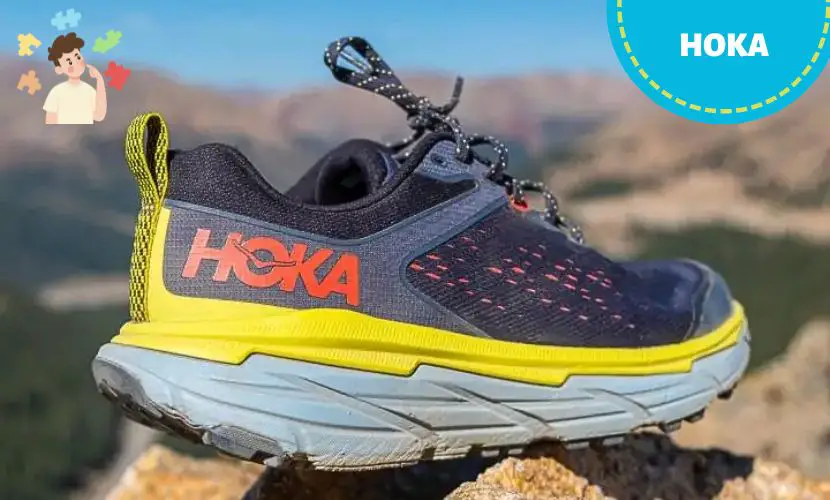
Kuru Technology
Kuru Footwear is popular for its patented KuruSole technology, structured to give unparalleled ease and support for the feet. The technology is focused on a versatile anatomical pattern that mimics the innate shape of the foot. The KuruSole technology provides a low-heel cup that supports maintaining the heel and averts it from rolling inward or outward. This aids in enhancing balance and minimizes the possibility of injury.
The KuruSole technology also offers a custom-molded Orthotic footbed constructed to give targeted aid for the arch and heel. The footbed is designed from a top-density foam that adapts to the foot’s appearance, providing a personalized fit that supports lessening pressure points and upgrades overall comfort.
Hoka Technology
Hoka One One is renowned for its contemporary approach to shoe designs, which pivots on extraordinary padding and minor weight. The brand’s trademark technology is the Meta-Rocker, constructed to offer a smooth and coherent ride by instructing the foot through the natural stride cycle.
The Meta-Rocker technology provides an iconic shape structured to encourage a natural rolling movement of the foot. The technology depends on amalgamating a deep heel-to-toe drop and a carved outsole that supports minimizing ground contact time and enhancing propulsion.
Hoka shoes also offer an extent of other technologies, incorporating the Early-Stage Meta-Rocker, which is structured to provide a smooth and firm ride during the initial stages of the gait cycle, and the J-Frame, which is constructed to offer support and steadiness for the foot.
Overall, Kuru and Hoka provide revolutionary technologies structured to offer comfort, aid, and performance for the feet. On the other hand, Kuru’s focus is on anatomical patterns and personalized support, while Hoka’s focal point is on additional cushioning and well-organized propulsion.
Durability
Regarding durability, both Kuru and Hoka offer first-rate shoes manufactured to endure. However, several differences between the two brands are worth mentioning.
Kuru
Kuru shoes are structured with longevity in mind. They are engineered with top-quality materials structured to resist heavy use and endure for years. The outsoles of Kuru shoes are designed with durable rubber that gives remarkable traction and grip, even on damp or skiddy surfaces.
Furthermore, Kuru shoes are structured to be feathery and stretchable, which supports prolonging their lifetime. The boots are structured with a patented KuruSole technology, which aids in soaking up impact and lessening the effect on the feet, which can help in averting deterioration over time.
Hoka
Hoka shoes are also structured to be durable, but they are constructed with a moderately distinct approach. Hoka shoes are popular for their massive, padded soles, engineered to offer additional ease and support. However, this additional cushioning can make shoes moderately weighty and more massive than other brands.
Despite their bulk, Hoka shoes are still structured with first-rate materials built to last. The outsoles of Hoka shoes are designed with durable rubber that offers outstanding traction and grip, and the uppers are manufactured with absorbent, lightweight elements that help keep the feet cool, fresh, and dry.
Overall, both Kuru and Hoka provide durable shoes constructed to last. However, Kuru shoes are made to be feathery and stretchable; on the other side, Hoka shoes are popular for their thick, padded soles. Eventually, the selection between the two brands will be based on personal requirements and the user’s particular needs.
Pricing and Availability
Kuru Pricing and Availability
Kuru shoes are accessible for purchase on the brand’s website and on Amazon and Zappos. Based on the design and style, costs for Kuru shoes extend from $100 to $200. Kuru features free shipping and backups within the US and also ships internationally. The brand occasionally provides discounts and sales on its website and email newsletter.
Hoka Pricing and Availability
Hoka shoes are obtainable for purchase on the brand’s website and on Amazon and Zappos. Prices for Hoka shoes scale from approximately $100 to $250, inclined on the design and style. Hoka provides free shipping and backups within the US and also dispatches internationally. The brand occasionally offers discounts and sales online and in its email newsletter.
Kuru and Hoka shoes are typically priced in the mid-extent for athletic shoes. While several models may be more costly than others, both brands feature a range of choices at various price points. Availability is also the same, with both brands broadly accessible online and in limited stores. It is efficient to mention that availability may differ based on the particular model and size demanded.
Sizing Comparison Of Kuru Vs. Hoka
Size Conversion Chart Of Kuru
Kuru shoes are structured to fit true to size, but they may feel comfortable initially. After several days of wearing them, they will adapt to the appearance of your feet and offer ideal comfort. Several Kuru shoes are available in half sizes to verify a perfect fit.
The following is a size conversion table for Kuru shoes:
| US Size | UK Size | EU Size | Foot Length (inches) | Foot Length (cm) |
| 5 | 3 | 35 | 8.66 | 22 |
| 6 | 4 | 36.5 | 9.06 | 23 |
| 7 | 5 | 38 | 9.45 | 24 |
| 8 | 6 | 39.5 | 9.84 | 25 |
| 9 | 7 | 41 | 10.24 | 26 |
| 10 | 8 | 42.5 | 10.63 | 27 |
| 11 | 9 | 44 | 11.02 | 28 |
| 12 | 10 | 45.5 | 11.42 | 29 |
Size Conversion Chart Of Hoka
Hoka shoes are also designed to fit true to size and come in half sizes to ensure a perfect fit. However, some Hoka shoes have a wider toe box to provide more room for the toes.
Here is a size conversion chart for Hoka shoes:
| US Size | UK Size | EU Size | Foot Length (inches) | Foot Length (cm) |
| 5 | 3.5 | 36 | 8.86 | 22.5 |
| 5.5 | 4 | 36.7 | 9.06 | 23 |
| 6 | 4.5 | 37.3 | 9.25 | 23.5 |
| 6.5 | 5 | 38 | 9.45 | 24 |
| 7 | 5.5 | 38.7 | 9.65 | 24.5 |
| 7.5 | 6 | 39.3 | 9.84 | 25 |
| 8 | 6.5 | 40 | 10.04 | 25.5 |
| 8.5 | 7 | 40.7 | 10.24 | 26 |
| 9 | 7.5 | 41.3 | 10.43 | 26.5 |
| 9.5 | 8 | 42 | 10.63 | 27 |
| 10 | 8.5 | 42.7 | 10.83 | 27.5 |
| 10.5 | 9 | 43.3 | 11.02 | 28 |
| 11 | 9.5 | 44 | 11.22 | 28.5 |
| 11.5 | 10 | 44.7 | 11.42 | 29 |
| 12 | 10.5 | 45.3 | 11.61 | 29.5 |
| 12.5 | 11 | 46 | 11.81 | 30 |
| 13 | 11.5 | 46.7 | 12.01 | 30.5 |
| 14 | 12.5 | 48 | 12.4 | 31.5 |
Note: Measuring your feet before purchasing shoes is always recommended to ensure proper fit.
What are the key differences between Kuru and Hoka shoes?
Kuru and Hoka are two shoe companies famous among sports fanatics, particularly those with foot issues. While both brands provide remarkable aid and cushioning, several major differences are worth mentioning.
One of the chief differences between Kuru and Hoka shoes is the pattern of their midsoles. Kuru shoes offer a patented KuruSole technology constructed to give finer cushioning and aid the heel and arch of the foot. The KuruSole is structured of a proprietary amalgamation of materials meant to conform to the shape of the user’s foot, featuring a traditional fit and additional comfort.
Hoka shoes, on the other side, are popular for their oversized midsoles that give outstanding cushioning and impact absorption. The midsoles are designed of feathery EVA foam structured to soak up the shock and minimize tiredness, making them perfect for elongated-distance running and other top-impact activities.
Another major dissimilarity between Kuru and Hoka shoes is the fit. Kuru shoes are constructed to fit comfortably around the heel and midfoot, on the contrary, giving adequate space in the toe box. This is meant to offer a safe and snug fit while also permitting the toes to turn out naturally. On the other hand, Hoka shoes are popular for their broader toe boxes, giving more space for the toes to move continuously.
In the case of style, Kuru shoes are inclined to have a more customary, understated look; on the other hand, Hoka shoes are popular for their bold, spectacular designs. This is mainly a matter of individual requirements, but several individuals may prioritize one style over another.
In general, Kuru and Hoka shoes are exclusive choices for anyone searching for first-rate, supportive footwear. The selection between the two ultimately depends on individual requirements and personal needs, so it is efficient to test both companies and detect which one feels perfect for you.
Are Kuru Shoes More Comfortable Than Hoka Shoes?
Concerning comfort, both Kuru and Hoka shoes are popular for their extraordinary attributes. However, the question endures: are Kuru shoes more comfortable than Hoka shoes?
Kuru shoes are structured with a patented technology called KURUSOLE, which provides finer arch aid and heel cushioning. This technology supports lessening foot tiredness and pain, creating Kuru shoes a great option for those with foot problems. Furthermore, Kuru shoes have a broader toe box, permitting more space for toes to move intentionally and lessening stress on the feet.
On the other side, Hoka shoes are popular for their additional cushioning, which aids in soaking up impact and minimizing stress on the feet and joints. Hoka shoes also offer a feathery pattern, creating them an amazing option for runners and players who require a shoe that won’t weigh them down.
Eventually, the answer to whether Kuru shoes are more snug than Hoka shoes is based on individual requirements and the person’s particular needs. Several individuals may find Kuru shoes more snug because of their finer arch aid and extensive toe box. In comparison, others may go for the extraordinary padding and feathery pattern of Hoka shoes.
It’s necessary to mention that both Kuru and Hoka shoes have their versatile attributes and advantages, and it’s suggested to test both companies and examine which one works ideal for you.
Are Kuru Shoes Better for People with Foot Problems than Hoka Shoes?
Regarding selecting the right shoes for people with foot issues, detecting a pair that provides the right balance of aid, cushioning, and stretchability can be demanding. Kuru and Hoka are two famous shoe brands claiming to offer these attributes. But which one is better for people with foot issues?
Kuru shoes are structured with orthopedic characteristics that aim to diminish foot pain and offer comfort for people with different foot conditions. The boots provide a patented KuruSole technology, which offers a traditional fit and supports the innate shape of the foot. The shoes also contain a broad toe box, allowing the toes to disperse naturally and lessening stress on the forefoot.
On the other side, Hoka shoes are popular for their extraordinary cushioning, which gives impact absorption and minimizes shock on the feet and joints. The shoes also contain a rocker sole, encouraging a smoother stride cycle and reducing foot pressure.
Kuru and Hoka shoes have versatile attributes that adapt to people with various foot issues. However, Kuru shoes may be a finer choice for individuals with plantar fasciitis, flat feet, or bunions. The shoes offer outstanding arch aid and cushioning, which can help relieve pain and discomfort in these parts.
On the other hand, Hoka shoes may be a superior option for people with arthritis or knee pain. The exceptional cushioning and rocker sole can aid in lessening impact and pressure on the feet and joints, which can be advantageous for people suffering from these conditions.
Eventually, the selection between Kuru and Hoka shoes is based on the person’s foot condition and individual requirements. Testing both brands and examining which feels more snug and protective for your feet is necessary.
Pros & Cons
Kuru
Kuru shoes are popular for their revolutionary technology that gives great aid and comfort to the user. The following are several pros and cons of Kuru shoes:
Pros:
- Kuru shoes are structured with a patented technology called KuruSole, which features remarkable arch support and padding, creating them perfect for people suffering from plantar fasciitis or other foot issues.
- Kuru shoes are also manufactured with a broader toe box, allowing better ventilation and more space for the toes to move intentionally.
- Kuru shoes are engineered with high-standard materials that are hard-wearing and durable.
- Kuru shoes are accessible in various styles and color shades, making it comfortable to detect a pair that matches your style.
Cons:
- Kuru shoes are more expensive than other brands, which can only be economical for some people.
- Several individuals may discover Kuru shoes too weighty or massive, which can be uncomfortable for elongated periods of wear.
Hoka
Hoka shoes are popular for their versatile pattern that offers remarkable cushioning and aid for the feet. The following are a few pros and cons of Hoka shoes:
Pros:
- Hoka shoes have a massive midsole with outstanding cushioning and impact absorption, making them perfect for runners or other players.
- Hoka shoes are also engineered with a rocker sole, which supports to encourage a more natural stride and minimizes pressure on the feet and legs.
- Hoka shoes are accessible in various styles and color shades, making it easy to discover a pair that matches your style.
Cons:
- Hoka shoes are more costly than other brands, which may only be economical for some.
- Several individuals may detect Hoka shoes as too massive or weighty, which can be uncomfortable for elongated periods of wear.
Are Hoka Shoes Worth the Investment Compared to Kuru Shoes?
Many factors are considered when investing in shoes, such as comfort, longevity, and support. Hoka and Kuru are two famous shoe brands popular for giving outstanding support and ease to the feet. However, when it comes to investing in shoes, the question arises: are Hoka shoes worth the investment compared to Kuru shoes?
Hoka shoes are renowned for their cushioning and aid, making them a magnificent choice for people with foot issues. They offer remarkable impact absorption and minimize the effect on the feet, creating them perfect for runners and players. On the other side, Kuru shoes are structured to offer additional ease and support to individuals with different foot problems, just like plantar fasciitis and flat feet.
Regarding pricing, Hoka shoes are typically more costly than Kuru shoes. However, the greater price tag is often compelled by the quality and longevity of the shoes. Hoka shoes are designed with high-standard materials and upgraded technology, creating them durable and enduring.
On the other side, Kuru shoes are also engineered with top-quality materials and progressive technology, but they are typically more economical than Hoka shoes. They are structured to offer maximum ease and support to individuals with different foot problems, creating them an outstanding investment for people searching for snug and supportive shoes.
In summary, whether Hoka shoes value the investment contrasted to Kuru shoes is based on personal requirements and needs. If you are a player or a runner searching for shoes that offer outstanding cushioning and aid, Hoka shoes may be a finer investment. However, if you are searching for a snug and supportive shoes for regular wear, Kuru shoes may be a superior investment.
Top Models Of Kuru
Kuru provides diverse shoe models that adapt to various foot issues and activities. The following are several top models of Kuru:
Kuru Atom
The Kuru Atom, is an iconic shoe adaptable for daily wear and light exercises. It offers Kuru’s patented KuruSole technology, giving remarkable arch aid and cushioning. The shoe also contains an absorbent tracery upper that maintains the feet cool, fresh, and dry. The Kuru Atom is accessible in both men’s and women’s sizes.
Kuru Quantum
The Kuru Quantum is a running shoe manufactured for individuals suffering from plantar fasciitis and other foot issues. It contains an extensive toe box that permits the toes to disperse naturally and a stretchable sole that encourages a natural stride. The shoe also provides Kuru’s KuruSole technology, giving remarkable arch aid and cushioning. The Kuru Quantum is obtainable in both men’s and women’s sizes.
Kuru Chicane
The Kuru Chicane, is a hiking shoe that is structured for people having flat feet and other foot issues. Its sturdy formation gives remarkable support and steadiness on bumpy terrain. The shoe also provides Kuru’s KuruSole technology with outstanding arch aid and cushioning. The Kuru Chicane is accessible in both men’s and women’s sizes.
Kuru Carrera
The Kuru Carrera is a dress shoe engineered for people with plantar fasciitis and other foot issues. It has a slender pattern that can be used with formal attire. The shoe also provides Kuru’s KuruSole technology that gives excellent arch aid and padding. The Kuru Carrera comes in both men’s and women’s sizes.
Kuru provides many shoe models that adapt to various foot issues and activities. Each shoe provides Kuru’s patented KuruSole technology that offers outstanding arch aid and cushioning.
Top Models of Hoka
Hoka is a famous brand of running shoes renowned for their cushioning and support. The following are several top models of Hoka:
Hoka Clifton 8
The Hoka Clifton 8 is an admired running shoe with a feathery pattern and remarkable cushioning. It contains a permeable netting upper that gives circulation to maintain your feet cool, fresh, and comfortable. The shoe also provides a Meta-Rocker design that aids you in keeping a smooth stride. The Clifton 8 is an iconic shoe that can be utilized for both training and racing.
Hoka Bondi 7
The Hoka Bondi 7 is a greatly padded running shoe structured for additional comfort. It contains a whole-length EVA midsole that offers excellent impact absorption and a uniform ride. The Bondi 7 also includes a porous tracery upper that maintains your feet cool, snug, and dry. The shoe is perfect for runners who require additional cushioning and support.
Hoka Rincon 3
The Hoka Rincon 3 is a feathery, reactive running shoe ideal for racing and speed workouts. It has a porous netting upper that offers ventilation to keep your feet cool and snug. The Rincon 3 also contains a whole-length EVA midsole with remarkable cushioning and a uniform ride. The shoe is perfect for runners who desire a fast and reactive shoe.
Hoka Arahi 5
The Hoka Arahi 5 is a firm running shoe structured for athletes who overpronate. It contains a J-Frame pattern that gives support and steadiness to help avert overpronation. The Arahi 5 also includes a permeable netting upper that provides ventilation to maintain your feet cool and cozy. The shoe is exemplary for runners who require additional aid and stability.
Overall, Hoka delivers a diversity of running shoes to embrace the preferences of different athletes. Whether you need extra cushioning, support, or a feathery design, Hoka contains a shoe.
Conclusion
After contrasting Kuru and Hoka shoes, it is obvious that both brands provide versatile attributes and advantages for those suffering from foot pain or other foot issues.
Kuru shoes are structured with support, cushioning, stretchability, and a broad toe box, making them an ideal option for those undergoing plantar fasciitis or other foot problems. They also feature a permeable netting upper and a rubber eyestay, which gives additional longevity and support.
On the other hand, Hoka shoes are popular for their exceptional cushioning and porous upper unit, making them a famous option among runners and players. They also offer remarkable impact absorption and steadiness, which can support lessen the possibility of injury during great-impact activities.
Regarding price, Kuru shoes are more costly than Hoka shoes, but they are frequently worth the investment for those who require additional aid and cushioning. Hoka shoes are typically more economical and provide many styles and colors to select from.
Eventually, the selection between Kuru and Hoka shoes will be based on personal requirements and needs. Both brands offer high-standard footwear that can help diminish foot pain and upgrade overall ease and performance. Testing both brands and detecting which feels more snug and supportive for your particular foot condition is suggested.
Read more on:

